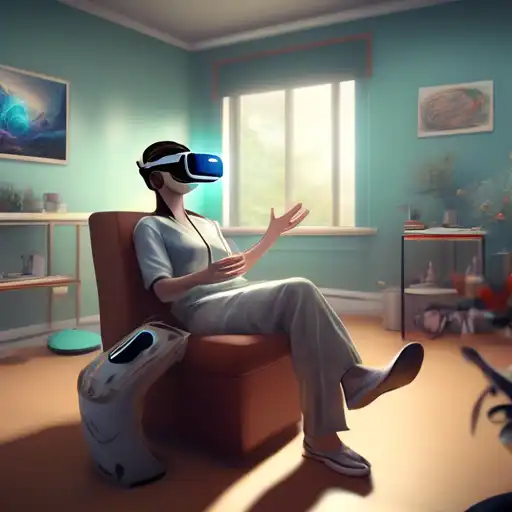The Transformative Role of Virtual Reality in Modern Therapy Practices
Virtual Reality (VR) technology has transcended its initial entertainment-centric applications, paving the way for groundbreaking uses in various sectors, including healthcare. Among its most promising applications is in the field of therapy, where VR is being used to treat a wide range of psychological and physical conditions. This article explores how VR is revolutionizing therapy, offering patients and therapists new tools for healing and rehabilitation.
Understanding VR Therapy
VR therapy involves the use of virtual reality technology to create simulated environments where patients can confront and work through their issues in a controlled, safe setting. This innovative approach has shown significant promise in treating conditions such as PTSD, anxiety disorders, phobias, and even physical rehabilitation.
Applications of VR in Therapy
The applications of VR in therapy are vast and varied. Below are some of the key areas where VR is making an impact:
- Mental Health: VR is being used to treat anxiety, depression, and PTSD by exposing patients to virtual environments that help them confront and manage their fears.
- Phobia Treatment: Patients with phobias, such as fear of heights or flying, can gradually face their fears in a virtual setting, reducing their anxiety over time.
- Physical Rehabilitation: VR games and simulations are helping patients recover from strokes or injuries by encouraging movement and coordination in a fun, engaging way.
- Pain Management: Virtual reality has been used to distract patients during painful procedures, reducing their perception of pain.
Benefits of VR Therapy
VR therapy offers several advantages over traditional therapy methods, including:
- Safety: Patients can face their fears in a controlled environment without real-world risks.
- Accessibility: VR therapy can be accessed from anywhere, making it easier for patients to receive treatment.
- Engagement: The immersive nature of VR makes therapy sessions more engaging and less intimidating for patients.
- Customization: Therapists can tailor virtual environments to meet the specific needs of each patient.
Challenges and Considerations
Despite its benefits, VR therapy is not without its challenges. The cost of VR equipment and the need for technical expertise can be barriers to widespread adoption. Additionally, more research is needed to fully understand the long-term effects of VR therapy.
The Future of VR in Therapy
As VR technology continues to evolve, its applications in therapy are expected to expand. With ongoing research and development, VR has the potential to become a standard tool in therapeutic practices, offering new hope for patients worldwide.
For more information on innovative therapy techniques, check out our article on Innovative Therapy Techniques.
